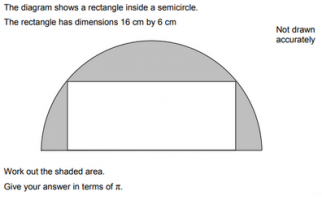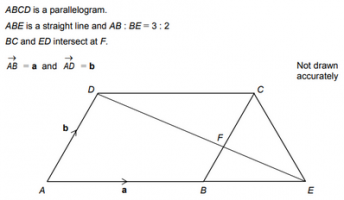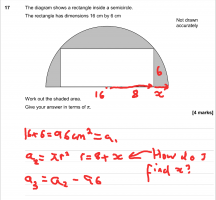Hello.
I've recently started to revise a few problems, and I'm really stuck on two in particular. I have attempted both, and written out the information it provides, but honestly on both I just can't understand how to progress. If someone could just give me a starting point I'd be really really greatful!
Question 1: https://ibb.co/NYpVkkf
Question 2: https://ibb.co/VC78DCM
Thanks for any help!
I've recently started to revise a few problems, and I'm really stuck on two in particular. I have attempted both, and written out the information it provides, but honestly on both I just can't understand how to progress. If someone could just give me a starting point I'd be really really greatful!
Question 1: https://ibb.co/NYpVkkf
Question 2: https://ibb.co/VC78DCM
Thanks for any help!



